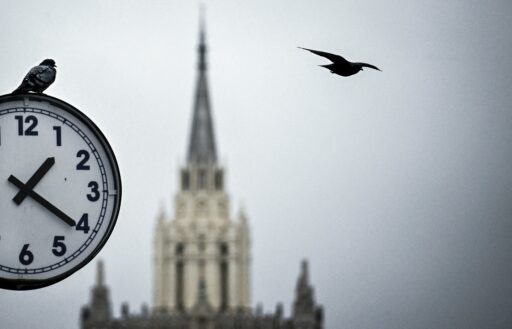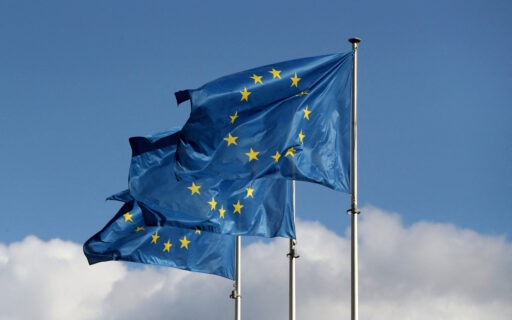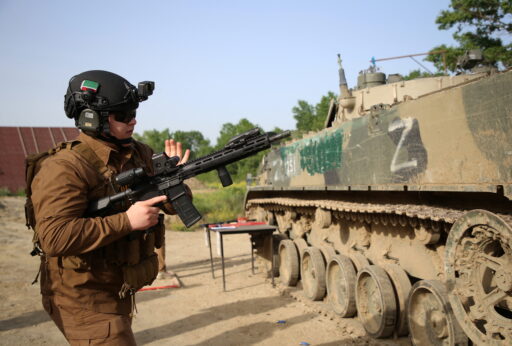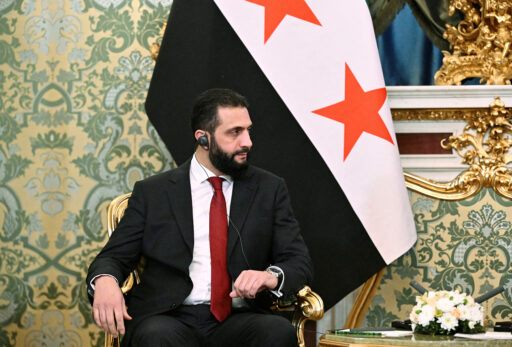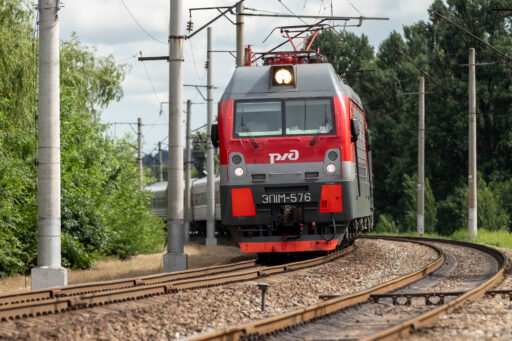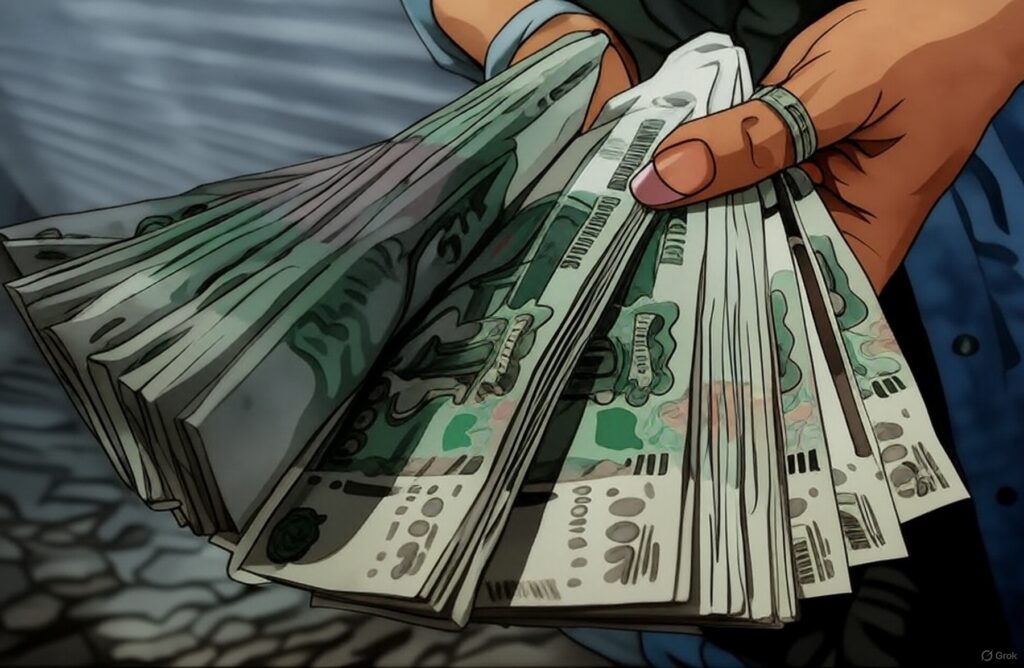As the U.S. steps back from mediating between Kyiv and Moscow, we should focus less on sensational headlines about the Trump administration and more on the nuances within Russia to evaluate prospects for talks. A story this past week caught my attention, perfectly illustrating how austerity and the economics of war are colliding, forcing adjustments often overlooked by the «wartime boom» narrative. The largest public transport provider in Barnaul is grappling with rapidly worsening financial difficulties. While a stronger ruble against the dollar could partially alleviate some of these issues, the trade-offs facing local authorities warrant closer examination.
The regional bus provider highlighted in the story relies on American-made engines and parts, which are paid for in dollars, adding significant costs. More critically, the cost of vehicle repairs is steadily rising, likely driven by increasing labor costs and heightened repair demand due to military spending and the repurposing of civilian vehicles for the front lines. Repair and logistical support for a single bus costs at least 60,000 rubles per month. Fuel expenses amount to about 3,500 rubles per day, or roughly 105,000 rubles per month—nearly 25% higher for diesel than at the end of 2023. Additional logistical costs, such as maintaining routes and employing dispatchers, add another 70,000 rubles per bus per month. The price of new vehicles has more than doubled since 2022. Compounding these challenges are interest rates exceeding the Bank of Russia’s 21% key rate and the inability of these companies to access subsidized loans.
Meanwhile, fares have only increased by 10 rubles, and political pressure prevents providers from passing the full cost onto the public. For transport providers operating longer routes with lower population density and fewer stops, these conditions result in operational losses. Such issues are not immediately visible because these companies typically generate modest profits, are not publicly traded, and are not central to high-profile asset disputes. However, as transport coverage deteriorates and these firms struggle to borrow for major capital investments, the loss of service will impact job markets. It will become harder for residents of second- and third-tier cities, particularly those outside metro centers, to commute to work. As these companies falter, the difficulty of accessing employment will increase the premium for rentals closer to workplaces, regardless of the weak property sales market. This will also drive demand for personal vehicles, which are prohibitively expensive unless a family member is serving at the front or has become a casualty. Average car prices are now approaching half the cost of the average mortgage, redirecting household spending.
Price increases are increasingly a coordination problem across sectors. The Ministry of Economic Development recently announced that electricity tariffs will rise by 12.6% from July 1, exceeding the official inflation rate. Next year, the increase will be 9.3%. According to the Ministry of Energy, meeting the grid’s needs through 2042 will require 40 trillion rubles in investment, financed through higher consumer rates. These tariff hikes will, in practice, fuel inflation.
Inflation should theoretically weaken as economic growth slows. March data from the Ministry of Economic Development showed annualized GDP growth has dropped to 1.4%. Falling oil prices are also straining budget planning and expectations for state spending, alongside a stronger ruble. Finance Minister Siluanov and the Ministry of Finance have cut their revenue forecast by 2.6 trillion rubles, leaving a still-manageable budget deficit of 1.7% of GDP for 2025. The Ministry now bases its plan on an oil price of $ 56 per barrel. Proposals to adjust VAT taxes for cryptocurrency operations are inconsequential, overshadowed by demands from the presidential administration to expand tax breaks for families of those serving at the front and households with multiple children.
Spending has not yet faced widespread cuts, but the façade of growth maintained by regime officials over the past two years is steadily crumbling. The transport sector exemplifies a web of interconnected problems that could have been mitigated with more strategic state investments in capacity. However, the Bank of Russia is now exploring the deflationary effects of reduced budget spending due to lower oil prices, which could lower inflation and pave the way for interest rate cuts. Civilian businesses are unlikely to benefit significantly, as their customers’ cost of living has outpaced official inflation rates. The defense sector, ironically, will likely fare best from these cuts. If interest rates fall, mortgage costs could decrease, potentially reigniting housing price increases. Lower rates would not address labor shortages in construction, which continue to constrain supply.
Conversely, lower rates could ease the burden on struggling sectors. The coal industry, one of Russia’s worst-performing major sectors, has become cashflow negative. Officials are scrambling to assist, exploring changes to fiscal terms and other cost-cutting measures. On the current trajectory, coal miners’ short-term debts are projected to rise 25% this year, from 1.19 trillion rubles to 1.5 trillion rubles. Short-term debts are particularly vulnerable to high interest rates. Car dealerships report an inventory of 500,000 unsold vehicles, with sales theoretically poised to rise if auto loan rates fall—assuming wage growth does not lag further behind inflation.
Lowering credit costs is not a panacea. Infrastructure investors are lobbying for a loan subsidy program, under which the Bank of Russia would extend loans at under 4% to commercial banks, which would then lend to investors and concessionaires at rates at or below 7%. This could improve project economics, but where will the labor or consumer demand come from? Even if better roads are built, transport companies using them are financially fragile, consumers struggle to afford cars, and proxy data for rail loadings—a reliable indicator of retail turnover—has declined annually since 2022. While infrastructure needs are immense, the war economy has distorted demand for companies and investors.
Officials are under pressure, as evidenced by discussions of new KPIs for governors. A new initiative aims to improve data collection on unemployment and informal employment to push more people into the formal workforce and boost tax revenues. The government cannot fully acknowledge labor shortages, as doing so would admit that casualty rates are undermining public welfare and living standards. Instead, Prime Minister Mishustin and the cabinet must extract more from Russia’s existing resources. Reconciling these conflicting economic forces is impossible until the war ends, and even then, it remains unclear how the beneficiaries of the war economy would accept demobilization.
The very mechanism intended to ensure stability from the top—a tightly controlled budget under Siluanov and the Ministry of Finance, prioritizing military spending—has contributed to the growing instability of local markets and infrastructure. Rather than speculating about regime collapse or fragility, we should consider the regime’s options for managing the fallout from these highly localized risks. None of them are appealing.

